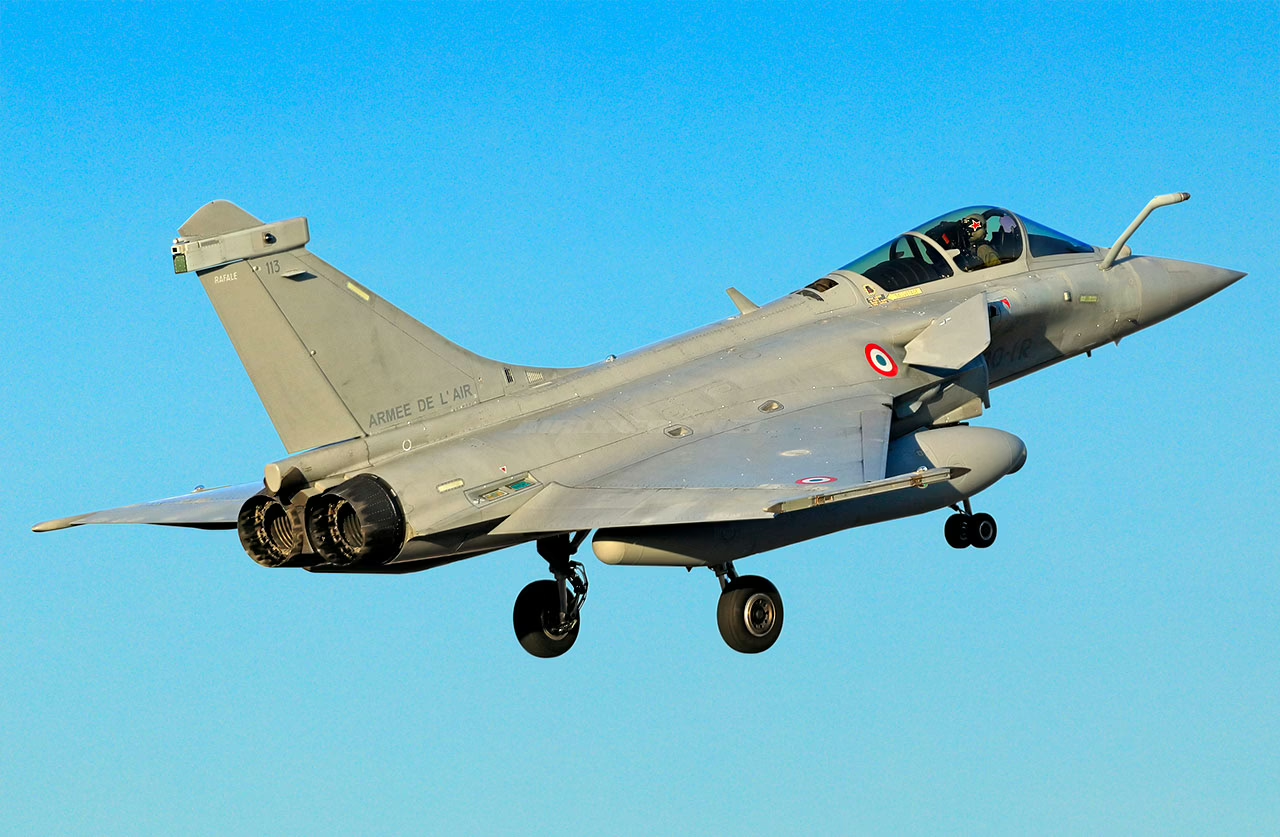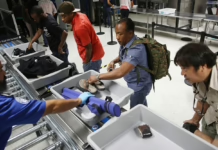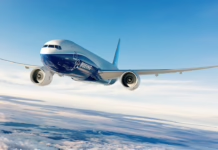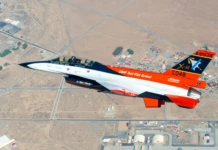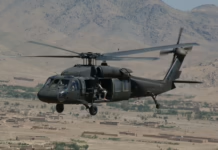Budget documents signal major fighter expansion as Paris rebuilds combat aviation capacity strained by years of lucrative export deals to Greece, Croatia and other buyers.
Parliamentary budget documents reveal France intends to purchase more than 60 Rafale fighter aircraft by 2035, raising the nation’s total combat jet inventory to 286 planes across its air and naval forces.
The 2026 finance bill submitted to lawmakers shows flexibility in the acquisition plan, noting the program’s scope could shift to align with requirements outlined in France’s Military Programming Law. Supporting documentation confirms the purchase would substantially boost the country’s airpower and push forward plans to operate an exclusively Rafale-equipped force within the next decade.
Earlier defense blueprints covering 2019 through 2030 called for France to field 225 Rafales by the mid-2030s — 185 for air operations and 40 aboard aircraft carriers. The new proposal increases that figure by more than 60 jets designated for combat duty.
Fleet makeup and replacement timeline
France’s air arm currently flies roughly 100 Rafales alongside 67 Mirage 2000D aircraft and fewer than 30 Mirage 2000-5F jets. Some of the older Mirage aircraft are slated for transfer to Ukraine, while 55 Mirage 2000D planes will receive upgrades through the RMV modernization program.
By 2030, projections show the Air and Space Force operating 137 Rafales and 48 Mirage 2000D aircraft before completing the shift to 185 all-Rafale operations by 2035. Naval aviation plans call for 41 carrier-based Rafale M fighters by decade’s end, dropping to 40 by 2035.
Boosting the fleet to 286 aircraft would make the Rafale France’s sole frontline fighter into the 2040s while awaiting deployment of the multinational Future Combat Air System being developed with Germany and Spain. Military planners say the larger fleet addresses longstanding shortfalls in operational capacity and pilot instruction — problems worsened by foreign sales commitments.
International sales strain domestic capabilities
Export contracts with Greece, Croatia and other buyers have repeatedly forced adjustments to France’s fighter procurement schedule. During 2021 and 2022, French forces transferred two dozen F3R-variant Rafales from their own squadrons to expedite deliveries abroad, temporarily shrinking the pool of aircraft available for missions and instruction.
Defense chief Gen. Thierry Burkhard acknowledged the drawdown would leave France with 117 Rafales by 2025 rather than 129 as originally planned, with the gap persisting until replacement deliveries arrived. Deputy defense chief Frédéric Parisot noted training programs would bear the brunt of the shortfall but characterized the situation as manageable provided delivery schedules held.
Technology upgrades span two configurations
Aircraft orders will encompass both F4 and F5 variants as Dassault Aviation advances its enhancement program.
The 2026 budget covers procurement of two replacement fighters following a crash in August 2024, simulator improvements, and technical management investments. Resources will fund integration of new capabilities for neutralizing enemy air defenses, expanded networking features, and testing facility enhancements.
Development of the F5 configuration formally begins this year, targeting operational deployment around 2030. The advanced variant will deliver improved performance across air superiority, networked warfare and nuclear strike missions.
Budget allocations also support ongoing work on an unmanned combat aircraft derived from the nEUROn technology demonstrator. The drone will function as an autonomous escort to piloted fighters.
France envisions the F5 Rafale paired with combat drones forming its next-generation air combat capability. The system will deploy the ASN4G hypersonic nuclear-armed ramjet missile, planned as the airborne element of France’s strategic deterrent by 2035.
Funding includes continued infrastructure development at Saint-Dizier, Mont-de-Marsan and Orange air bases for the Air and Space Force, plus Landivisiau naval air station, incorporating facilities for an additional fighter unit.
Economic and legislative factors
Extended production runs would sustain manufacturing operations into the early 2040s while supporting employment for thousands across France’s aerospace sector. Dassault Aviation manages overall program leadership, with Safran producing powerplants, Thales handling sensors and targeting systems, and MBDA supplying armaments and defensive systems.
Parliament will now review whether to authorize funding for the 60-aircraft expansion amid broader government spending reductions affecting most ministries.
The budget proposal reflects France’s determination to rebuild fighter capacity following years of juggling domestic needs against lucrative international sales. Officials aim to ensure both air and naval forces maintain sufficient aircraft for ongoing commitments, training requirements and future capability improvements through the mid-2030s.

Key Takeaways
France plans to acquire more than 60 additional Rafale fighters by 2035, raising total inventory to 286 aircraft for air and naval forces.
Export deals with Greece and Croatia forced France to transfer 24 fighters from its own squadrons during 2021-2022, temporarily reducing domestic aircraft availability.
New orders will cover both F4 and F5 variants, with the advanced F5 configuration entering service around 2030 featuring enhanced air combat and nuclear deterrence capabilities.
The expansion would extend Rafale operations into the 2040s while bridging to the Franco-German-Spanish Future Combat Air System program.



